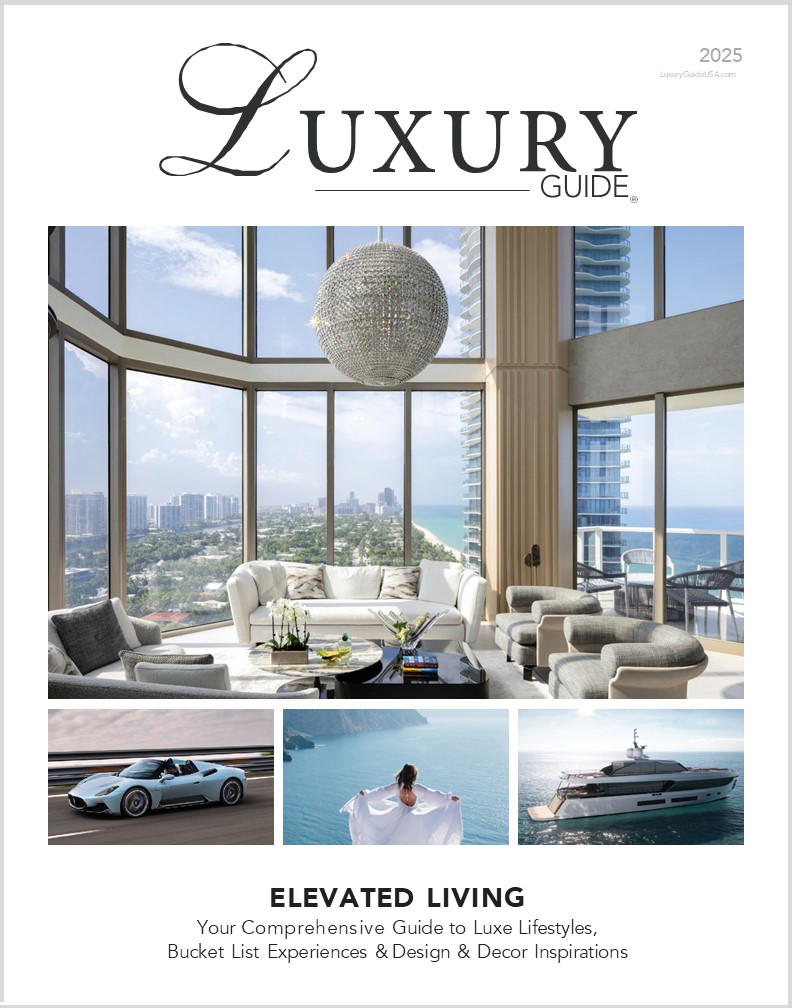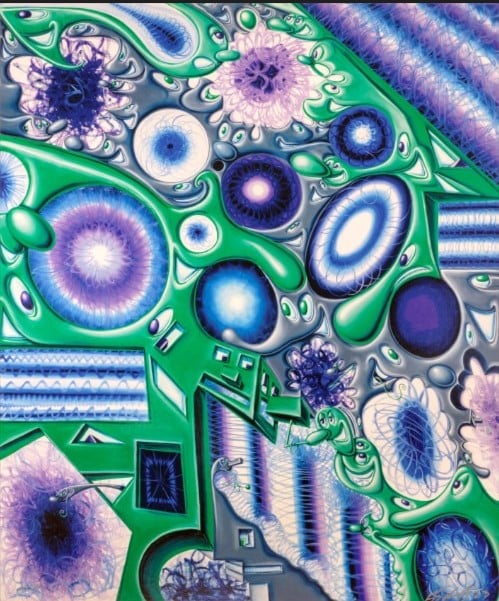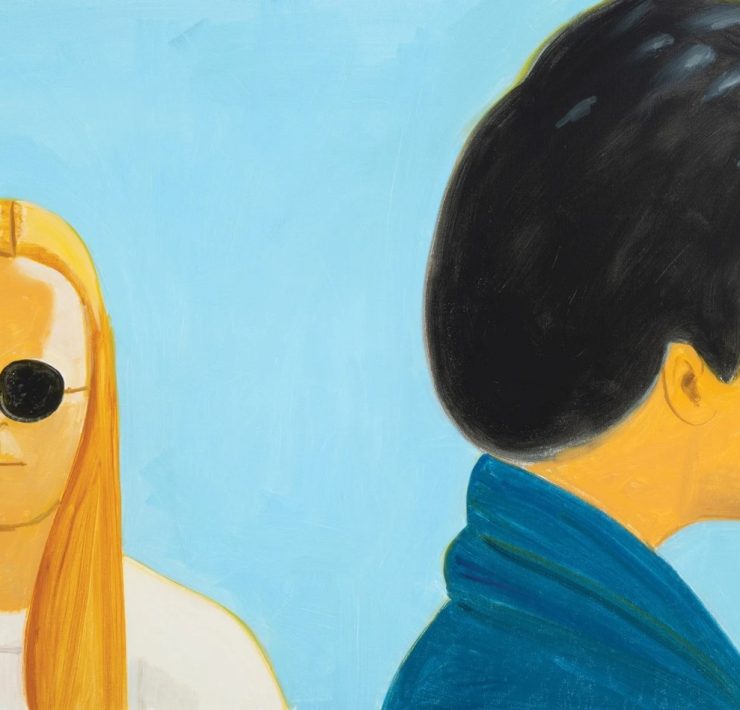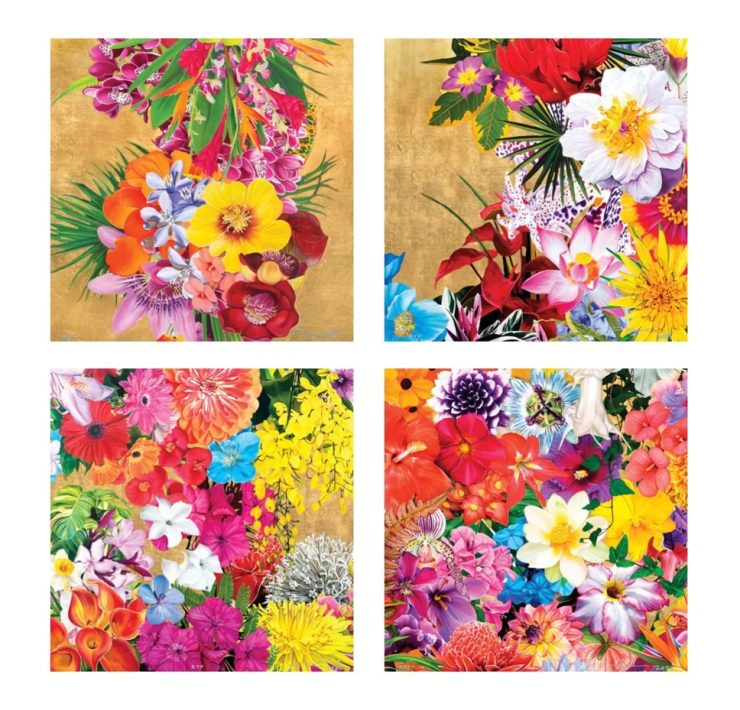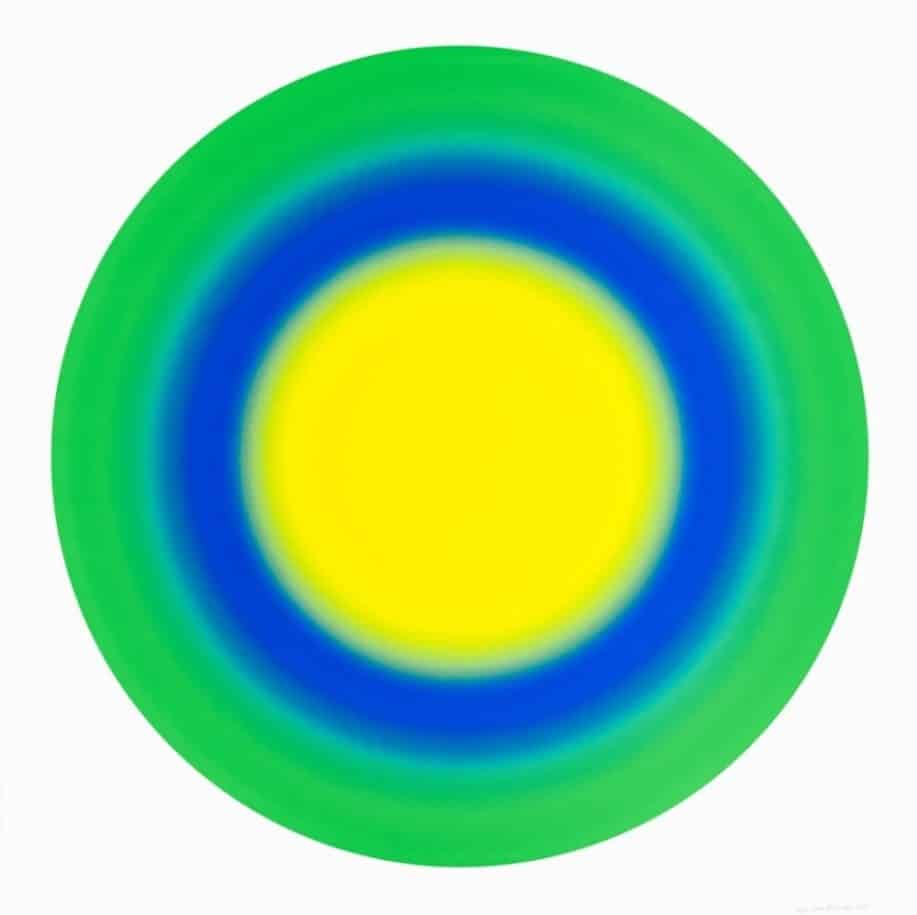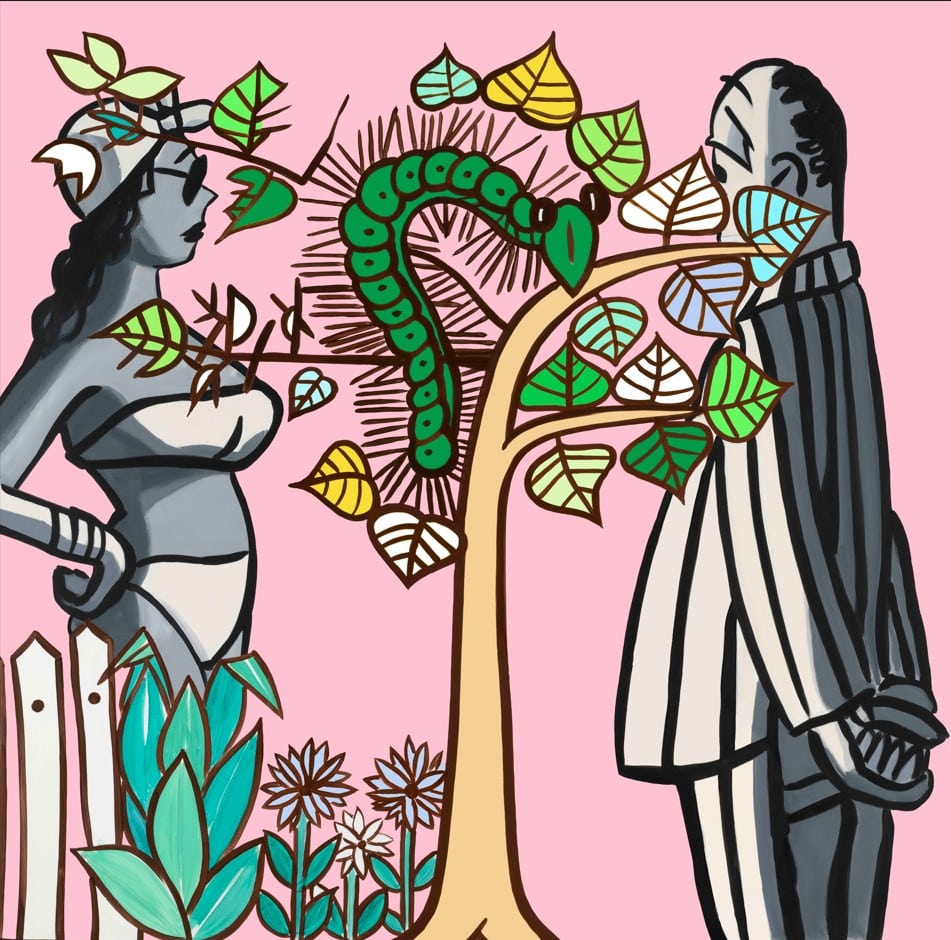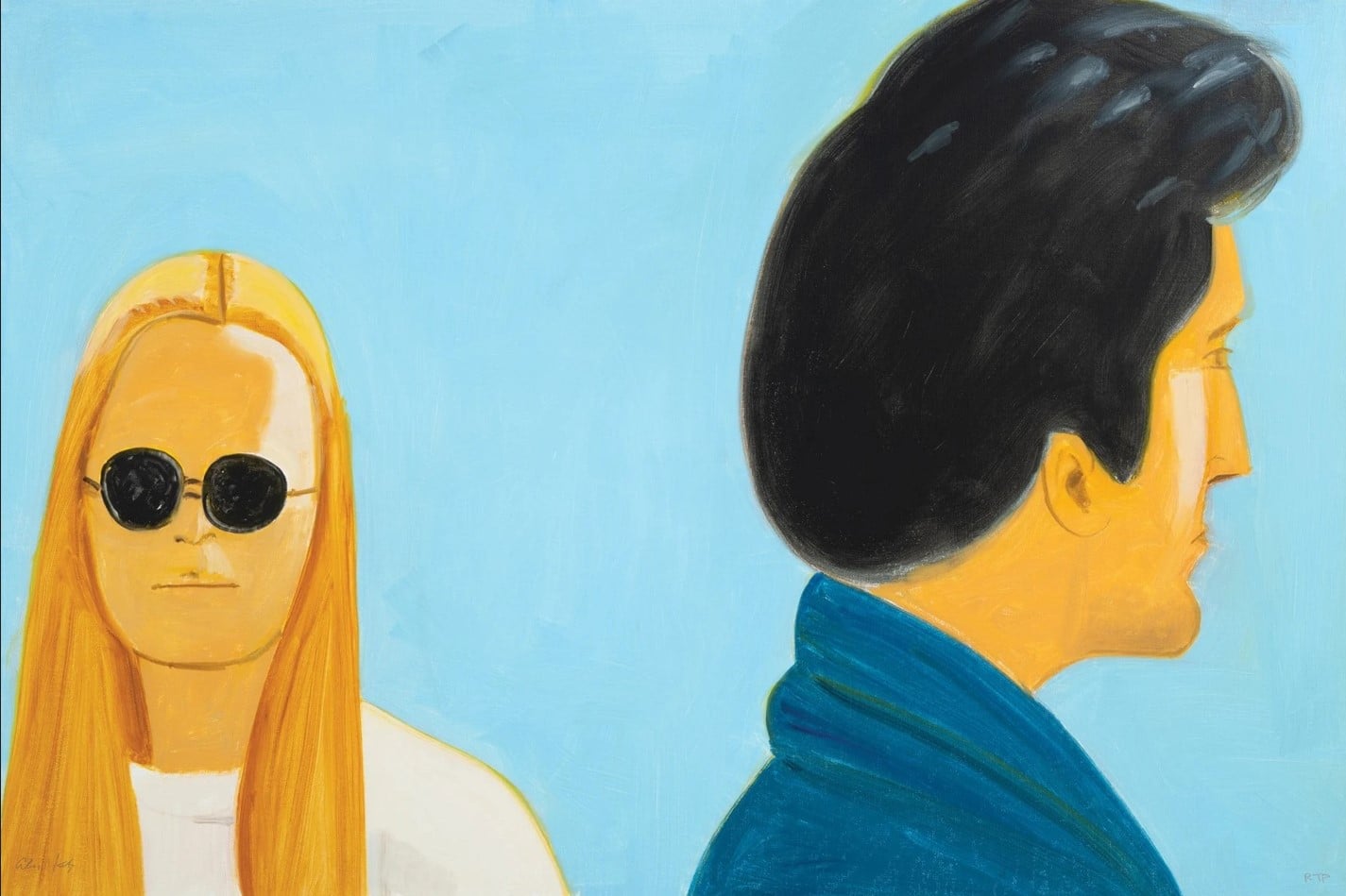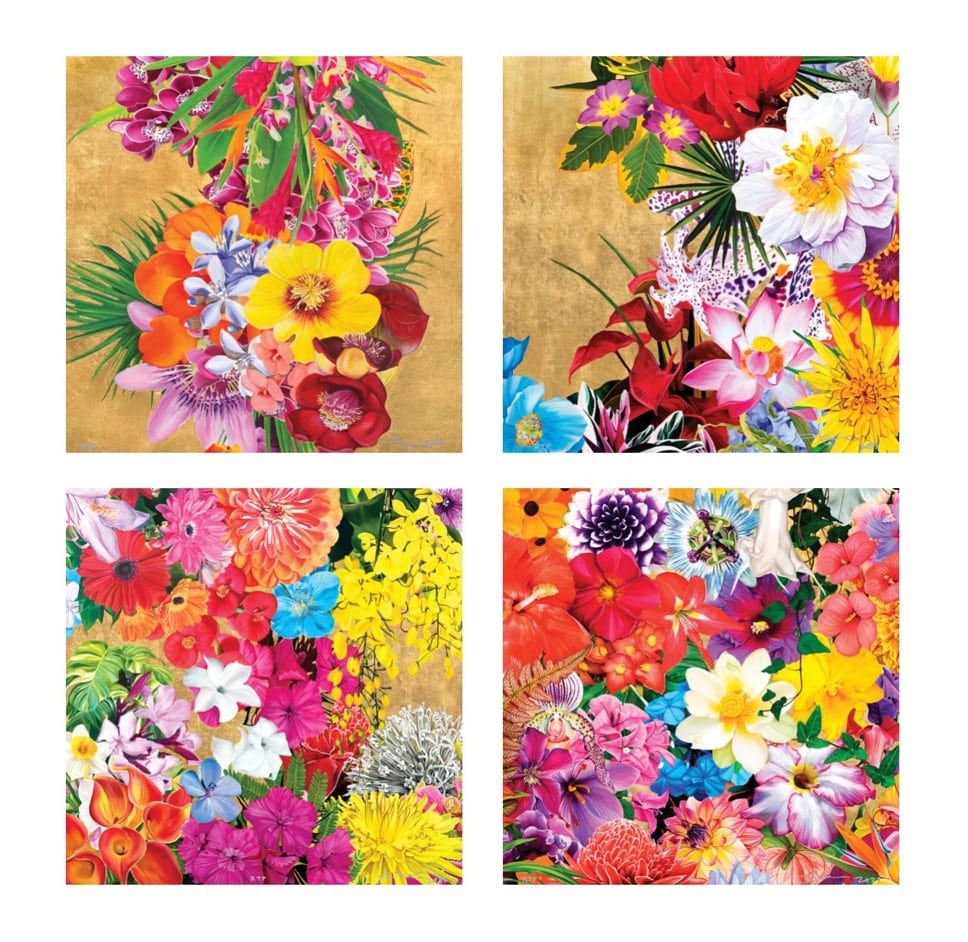INK: 75 Years of Prints
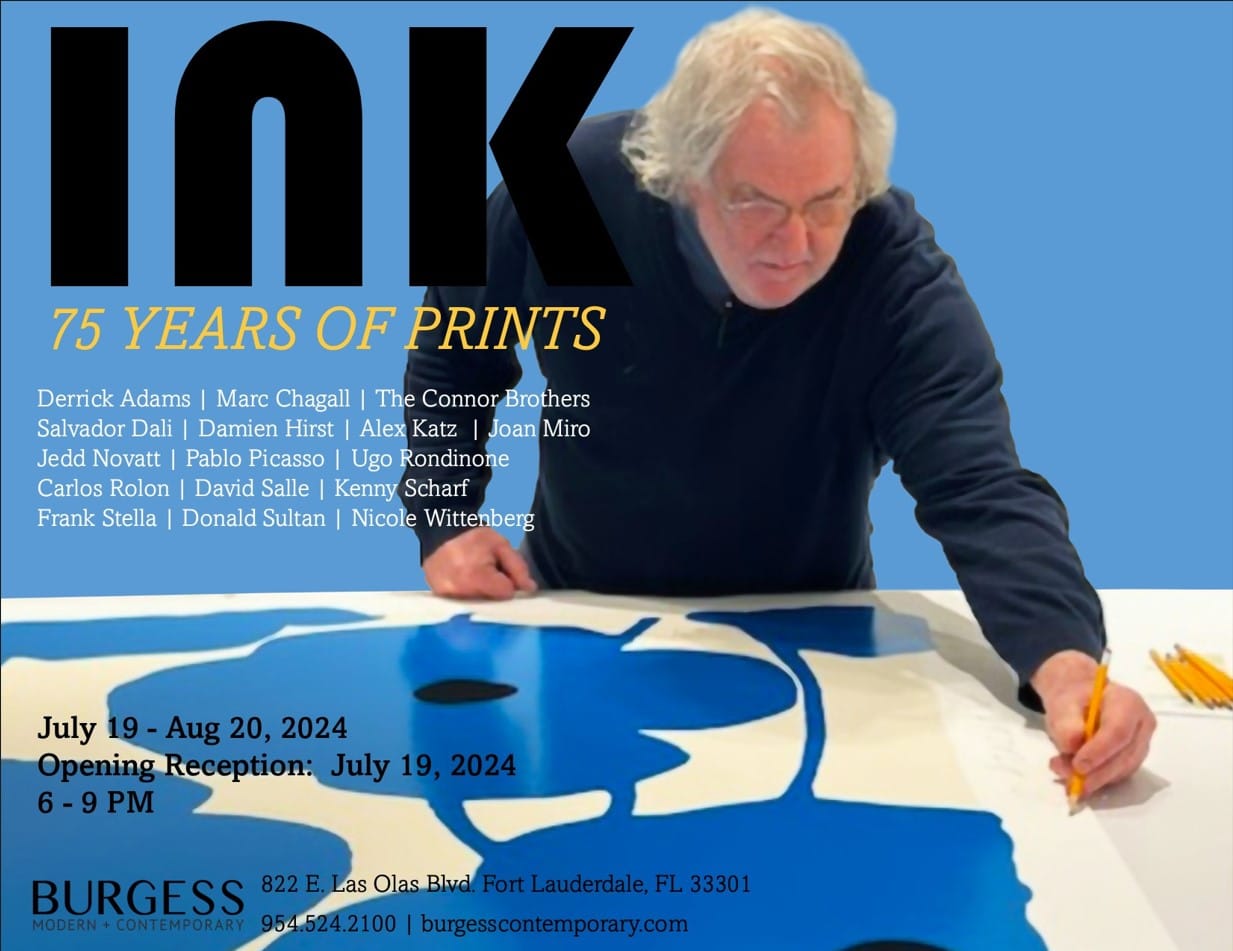
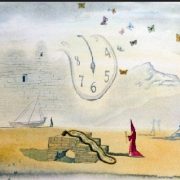
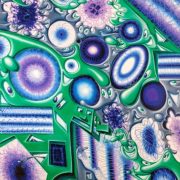

 +2
+2 “INK: 75 Years of Prints,” at Burgess Modern + Contemporary, opening July 19, 2024, explores the dialogue between historical finesse and contemporary boldness through the works by some of the most celebrated modern and contemporary artists. The breadth of “INK: 75 Years of Prints” spans multiple epochs and artistic paradigms with each artwork / artist in this exhibition encapsulating a unique narrative that is both culturally poignant and artistically significant to their individual themes, styles, genres, and aesthetics.
In INK: 75 Years of Prints, Contemporary artist Derrick Adams’s work reflects on African American culture and identity, often incorporating elements of collage and vibrant patterns that challenge traditional narratives and celebrate POC individuality. Adams’s prints and sculptures are a powerful exploration of the intersections between race, culture, and self-perception making a significant contribution to the ongoing discourse on identity in contemporary art. Adams’ “Cool Down Pop” (RBG), 2023, is a vibrant sculpture crafted from painted aluminum with a polished acrylic base. Part of an edition, this work resembles a colorful ice pop in the Pan-African colors of red, black, and green. This sculpture merges playful pop art aesthetics with profound commentary on African American heritage and a visual shout-out to historical connections of Marcus Garvey and the Black Liberation Movement.
Marc Chagall’s lithographs are imbued with dreamlike imagery and vibrant colors, inviting viewers into his fantastical world where folklore and personal memory intertwine. Chagall’s work exemplifies the emotional resonance and technical mastery that characterize his oeuvre, offering a glimpse into the artist’s imaginative psyche and the rich cultural tapestry of his Eastern European heritage. His lithograph, “A l’Aube de l’Amour” (At the Dawn of Love), 1983, is a quintessential example of his ability to capture the ethereal quality of love and intimacy, while “Le Peintre à la Veste Rouge” (The Painter in a Red Vest), 1974, features the artist attired in a red vest, immersed in his creative process, surrounded by elements of his fantastical world, including a couple at the park and a vibrant countryside.
The enigmatic works of The Connor Brothers blur the lines between fiction and reality, using text and imagery to provoke thought and elicit emotional responses. Their prints challenge the viewer to question the nature of truth and the constructs of reality, creating a dialogue that is both intellectually stimulating and visually engaging. The Connor Brothers’ I Drink, Therefore I Can, 2021, is a giclée in colors with screen-printed varnish that features a characteristic blend of vintage imagery and text, portraying a pair of legs holding a cocktail glass – accompanied by the witty phrase “I Drink Therefore I Can,” the artists juxtapose a playful visual element with a clever commentary on indulgence and self-empowerment.
The surrealist masterpieces of Salvador Dalí push the boundaries of imagination and technique. Dalí’s prints are a testament to his unparalleled skill in transforming the mundane into the extraordinary, often invoking themes of subconscious exploration and fantastical realism. His meticulous craftsmanship and visionary approach continue to inspire and provoke, cementing his legacy as one of the foremost figures in modern art. Dalí’s “Montre Molles et les Papillons” (Melting Watch and Butterflies), 1972, features his iconic melting watch motif, symbolizing the fluidity of time, juxtaposed with delicate butterflies that suggest transformation and fleeting beauty. Set against a dreamlike landscape with surreal elements, this work encapsulates Dalí’s ability to merge the surreal with the real. Dalí’s “Les Servantes/ La Danse”, is an exquisite wood engraving that showcases Dalí’s distinctive blend of surrealism and astute classical references. The print features elegantly elongated figures captured in a moment of ethereal grace. The use of soft, pastel colors and fluid lines imbues the scene with an ephemeral quality.
Damien Hirst’s “Empresses” series is a thought-provoking tribute to important but lesser-known influential women throughout history. Using giclee prints replete with glitter on aluminum composite panels, Hirst aims to revive our understanding and appreciation of these historical figures that have made a lasting impact.
The Empresses (Wu Zetian H10-1) print focuses on Wu Zetian, also known as Wu Zhao, who was the de facto ruler of China from 665 to 705. Under her 40-year reign, China grew larger and started to become one of the great superpowers of the world. And during this time, its culture and economy were revitalized, while corruption in the courts was reduced. The Empresses (Theodora H10-3) gives us a glimpse into the reality of Theodora, the most important Empress of the Byzantine era who was married to Justinian I from 527 until her death in 548. Theodora is now a Saint in the Eastern & Oriental Orthodox Churches. In this work, Hirst’s composition represents the female gender symbol with glittering red lines that divides the visual structure into three sections.
Hirst’s intention is that these works will serve as a reminder of each woman’s greatness, inspiring the viewer and offering new insight into the diverse backgrounds of our shared histories.
Alex Katz, whose work serves as a curatorial cornerstone for this exhibition, is renowned for his flat, bold minimalist portraits that capture the essence of his subjects with striking simplicity. Characterized by their clean lines and vibrant hues, this way of working reflects his commitment to modernist principles, while simultaneously engaging with contemporary aesthetics. His ability to distill complex human emotions into minimalist forms underscores the enduring relevance of his practice. Katz’s “White Lotus 4”, 2023, exemplifies Katz’s signature style with its flat planes of color and simplified forms. The image portrays a serene, intimate moment between two figures, rendered in his minimalistic approach. The vibrant blue background and the subtle, warm tones of the figures create a striking contrast, emphasizing the emotional depth and tranquility of the scene. The term ‘white lotus’ embodies purity and devotion within marriage. It reminds both partners of hope and strength starting a new life together. “Halsey”, 2023, a striking 1- color linocut, is immediately characterized by bold, clean lines and a stark contrast between the black ink and white of the paper. The image, a close-up of a face partially rendered, captures Katz’s ability to distill human features into their most essential forms, creating a powerful visual impact in an extra-large print scale.
Joan Miró’s prints, characterized by playful abstraction and a vivid palette, offer a whimsical yet profound commentary on the human mind. Miró’s innovative use of color and form creates a visual language that is at once accessible and deeply evocative. Miró’s “Plate VI from Espriu”, 1975, an aquatint, etching, and engraving with carborundum, is one of nine works created to illustrate the poems of Salvador Espriu. Published by Sala Gaspar in Barcelona and printed by J.J. Torralba, this piece features Miró’s characteristic abstract forms and vibrant color palette. The composition combines fluid shapes with bold hues of blue, green, orange, and black, that create an imaginative centralized figure. Miró’s “La Fronde”, 1969, is an etching, aquatint, and carborundum that was published by Maeght Éditeur in Paris. The swirling shapes and vibrant hues create a dynamic interplay, evoking a sense of movement and spontaneity.
Jedd Novatt’s contributions to “INK: 75 Years of Prints” are comprised of his monotypes from The Kármán Line series, published by Burgess Modern + Contemporary.
As we curate Novatt into the existing dialogue of the exhibition, The Kármán Line series of monotypes explores the interplay between atmospheric and altitudinal dimensions, transcending conventional visual representation to delve into a realm where the boundaries between perception and abstraction blur. The audience can see how Novatt’s work can be investigated within the seemingly infinite perceptional tower of upward expansion, spatial relations, and limitless boundaries. This metaphysical spatial elevation is the stoic space where his artistic vocabulary can be examined. We see him visually and academically discuss a new contemporary language through his constraining connotations of chaos theories, equilibriums, and discernments of balance. The artist’s rigorous, nonrepresentational forms break barriers of all types, while staying grounded in the formalities of Minimalistic aesthetics. Unquestioningly, he emerges as the art protagonist, the championed antithesis of Pop Art Consumer Culture. His constructions thrust Novatt forward into mainstream’s consciousness, canonizing him as the new Avant-Garde.
Pablo Picasso’s L`Ecuyère (The Horsewoman), 1960, is an original lithograph, printed and published by Atelier Mourlot in Paris, exemplifies Picasso’s masterful use of line and form. The artwork features a complex interplay of abstract and figurative elements, characteristic of Picasso’s later works. The horsewoman, or “ecuyère,” is depicted amid a flurry of organic shapes and patterns, evoking a sense of movement and energy. By adding a sense of historical depth and artistic significance to the INK: 75 Years of Prints exhibition, the artwork not only showcases Picasso’s contributions to modern printmaking but also highlights his engagement with political themes. Following the Second World War, Picasso joined the Communist Party and used his art to promote its activities. This lithograph was among several works published by the newspaper Le Patriot in Nice, France, to raise funds for the Communist Party, underscoring the intersection of art and political activism in Picasso’s oeuvre.
His use of lithography to create complex, multilayered compositions resonates with the exhibition’s exploration of the evolution of print art over the past 75 years. This piece serves as a testament to Picasso’s legacy and the power of art to engage with and reflect upon societal issues.
Ugo Rondinone’s prints blend circular motifs with hard-edged minimalist abstraction, creating a meditative and poetic visual experience that transcends ordinary art viewing. His work prompts introspection and fosters a deeper connection to the natural world and the rhythms of existence. The Sun 4, with its concentric circles of gradient color, seemingly draws the viewer into a hypnotic state of contemplation. The work features smooth transitions between hues, creating a visual representation of radiating light. Similarly, The Sun 1 capitalizes on the pulsing transitions between grey, black, and blue to generate a sense of energetic depth with its central cerulean core. The use of a constrained color palette effortlessly highlights the interplay of light and shadow.
Rondinone’s minimalist prints provide a serene contrast to the dynamic works in the exhibition. They encapsulate his artistic philosophy, using simplicity to foster spiritual connection. Through minimalist abstraction, Rondinone evokes deep emotional responses, highlighting the transformative potential of printmaking.
Carlos Rolón’s Golden Caribbean (Caribe Dorado) is a vibrant suite of prints that feature lush, tropical floral compositions set against a rich golden background, capturing the essence and exuberance of Caribbean flora. In these works, Rolón masterfully blends botanical imagery with a luxurious aesthetic, using high gloss varnish to enhance the vivid colors and intricate details of each bloom. The golden backdrop adds a sense of opulence and warmth, evoking the richness of the island landscape. His addition to the exhibition rests solely on Rolón’s ability to merge cultural heritage with contemporary art practices. His works celebrate the beauty and diversity of his native lands, while also exploring themes of identity, migration, and the intersection of nature and culture. This suite not only captivates viewers with its visual splendor but also invites them to reflect on the deeper cultural and historical contexts that inform Rolón’s artistic vision.
David Salle’s prints often juxtapose disparate imagery and styles to create complex, layered compositions that challenge conventional aesthetic norms. His work engages with themes of appropriation and the fragmentation of visual culture, offering a critical perspective on contemporary media and its influences on art and society. OverUnder a previously released portfolio of five prints features a stylized tree that vertically bisects the picture plane. A man in black and white striped clothes, on the right, appears to have stopped a woman wearing a white bikini and dark sunglasses, on the left. In this unique composition, Salle creates a screwball Garden of Eden replete with canonical symbolism and implied moral conflicts. The juxtaposed protagonists are inspired by the works of illustrator Peter Arno, whose cartoons exemplify the sophisticated visual style of The New Yorker magazine from 1925 to 1968. “A single tree acts as a visual divide or barrier between the sexes, men on one side, women on the other— the ambiguous relationship between the subjects and the sometimes-madcap situations in which they have found themselves ensures that the full story remains just beyond our grasp.” -D. Salle.
Kenny Scharf’s ‘N Thingz, 2023, exemplifies Scharf’s vibrant and playful approach to art, characterized by his use of bold colors and lively imagery. The composition features an array of abstract forms and elements. The addition of high gloss varnish and diamond dust of the work enhances the print’s texture and luminosity, adding a sense of depth and sparkle to his unique cosmic cacophony.
Scharf’s Flores Yellow, 2023, features a flat sculptural bouquet of abstract flowers, rendered in a simplified silhouette that evokes the essence of floral forms with a contemporary twist. The bright yellow flock adds a tactile and visually striking element, enhancing the piece’s playful and dynamic presence. In academic terms, Scharf’s Flores Yellow can be seen as a continuation of the artist’s exploration of pop culture aesthetics and the interplay between high art and everyday imagery (lowbrow). The bouquet, with its exaggerated and stylized forms, recalls the line work of Matisse’s cut-outs and the vibrant color palettes of Warhol’s silkscreens. Each flower, though abstracted to its essential form, retains a sense of individuality, contributing to the overall composition’s lively rhythm and balance. The use of a simple silhouette in the bouquet allows Scharf to strip the subject down to its most fundamental elements, creating a visual language that is both accessible and sophisticated.
Frank Stella’s bold, geometric prints are a testament to his pioneering role in the development of Minimalism and post-painterly abstraction. Stella’s work is characterized by its precise formalism and vibrant color schemes, pushing the boundaries of printmaking with his innovative use of materials and techniques. Stella’s “Then Came Death and Took the Butcher”, 1984, is the tenth installment in the artist’s Illustrations After El Lissitsky’s Had Gadya series. This complex and dynamic work combines lithograph, linocut, screenprint in colors with collage and hand coloring. With elements of collage and cut-out effects, the work is intentionally heavy on post-painterly abstractions. The composition features bold geometric forms intertwined with vibrant, expressive lines, creating a sense of movement and depth. Published by Waddington Graphics and signed, numbered, and dated in pencil, this piece is part of an edition of 60 with ten artist’s proofs.
Donald Sultan’s prints, with their stark contrasts and industrial motifs, explore the interplay between the organic and the man-made. Sultan’s work often incorporates elements of still life and abstraction, creating a unique visual language that speaks to themes of decay and resilience. Donald Sultan’s “Seven Blues Jan 24 2024 DS”, 2024, is a striking color silkscreen with enamel inks, flocking, and tar-like texture on Rising 4-ply museum board. This piece showcases Sultan’s unique approach to printmaking, combining industrial materials with fine art techniques to create bold, graphic compositions. The work features large, simplified blue poppies against a neutral background, with a tactile quality that invites viewers to engage with its textured surface. “Seven Blues Jan 24 2024 DS” was chosen as the exhibition invitation for its vibrant colors and distinctive texture which effectively captures the viewer’s attention, symbolizing the innovative spirit and diversity of techniques represented in the exhibition. Sultan’s piece, with its blend of abstraction and realism, sets the tone for an exhibition that celebrates Modern & Contemporary masters prints over the past 75 years highlighting both traditional methods and contemporary advancements.
Nicole Wittenberg’s contemporary prints are celebrated for their expressive use of color and form. Her work often explores themes of perception and the act of seeing, creating dynamic compositions that challenge the viewer’s visual experience. Wittenberg’s “Sunset”, 2022, captures the serene beauty of a sunset scene with vibrant hues of pink and orange. The composition features a silhouetted tree against the backdrop of a glowing sky and its reflection in the water, evoking a sense of tranquility and contemplation. Wittenberg’s use of bold colors and dynamic brushstrokes brings a contemporary twist to the timeless subject of landscape art.
“INK: 75 Years of Prints” is more than an exhibition; it is a testament to the enduring power and versatility of printmaking as an artistic medium. Through the works of these distinguished artists, Burgess Modern + Contemporary’s curated selections highlights an exhibition that is concrete in its capacity to convey complex ideas, evoke profound emotions, and bridge diverse artistic movements. As we celebrate this remarkable collection, we are reminded of the rich history and vibrant future of prints in the ever-evolving landscape of contemporary art.
For more information, contact Burgess Modern + Contemporary at 954-524-2100 or visit the website at www.burgesscontemporary.com


